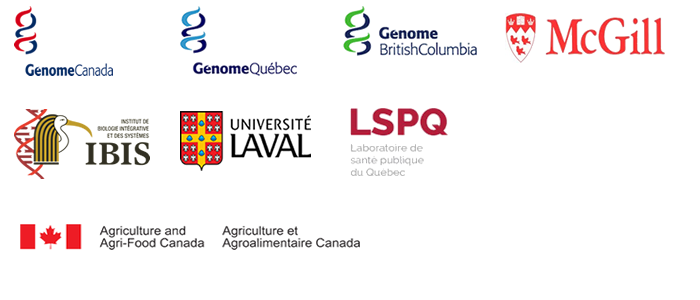About
SalFoS was created in January 2016 to manage and share data from the Genome Canada Salmonella Syst-OMICS project. The 3143 isolate collection at the heart of this database was assembled with the aim of representing not only the most frequent serotypes of Salmonella as a foodborne pathogen, but also maximal genomic diversity. SalFoS combines the results of genome sequencing with information such as geographic origin, phenotype, previous genotyping, virulence and antibiotic resistance.
Due to their ability to deliver results within 24 hours, immunoassay and molecular testing are used to initially screen food for pathogens and represent respectively 60% and 34% of all rapid food testing conducted in North America. However, rapid methods can suffer from low specificity. A common issue is the high rates of false positive and false negative test results due to the misidentification of closely related, non-Salmonella plant associated bacteria, including Citrobacter, Proteus, and Hafnia. In order to acheive a detailed Syst-OMICS analysis of Salmonella as a foodborne pathogen and develop rapid highly specific diagnostic assays, SalFoS also includes a subset of isolates from these other genera.
SalFoS stands for Salmonella Foodborne Syst-OMICS. This acronym is reminiscent of recurring skeletal enemies in the Legend of Zelda, Stalfos, and was chosen as a metaphor for the threat represented by foodborne pathogens.


Funding & Partners



